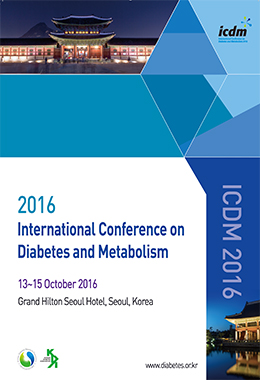Objective: United States Food Drug Administration recently changed the labeling of metformin from serum creatinine (sCr)- based to estimated glomerular filtration rate (eGFR)- based indication to expand the use for patients with mild renal insufficiency. However, because the sCr level is lower in Asian than Caucasian at the same level of creatinine clearance, there has been a concern that this change will not expand or even reduce metformin’s use for Asian. So we aimed to examine the impact of this change among Korean diabetes patients.
Methods: We used 2008-2014 Korean National Health and Nutrition Examination Survey (KNHANES) data and included 4,329 adult diabetes patients. Eligibility of metformin was assessed by sCr level (< 1.4 mg/dL for women and < 1.5 mg/dL for men) or eGFR categories (contraindicated, < 30 mL/min/1.73m2; indeterminate, ≥ 30, < 45 mL/min/1.73m2; likely safe, ≥ 45 mL/min/1.73m2). GFR was estimated using various equations including MDRD equation. We regarded ‘expanding’ and ‘contracting’ population as those who are likely safe according to eGFR among sCr-ineligible patients and contraindicated according to eGFR among sCr-eligible patients, respectively. Logistic regression analysis was performed to identify characteristics of these populations.
Results: All eGFR equations expanded the population for whom metformin is likely safe, ranging from 14 (11.0% of the sCr-ineligible population) to 21 (16.5%). With MDRD equation, 16 (12.6%) subjects consisted the expanding population and none were contracting population. These results were similar with the findings of the previous study used American data. Male sex and younger age were significantly associated with expanding population, whereas female sex, older age and lower BMI were significantly associated with contracting population.
Conclusion: On the contrary to our concern, prescribing metformin according to eGFR rather than sCr levels substantially expand the indication of the drug among Korean diabetes population.


